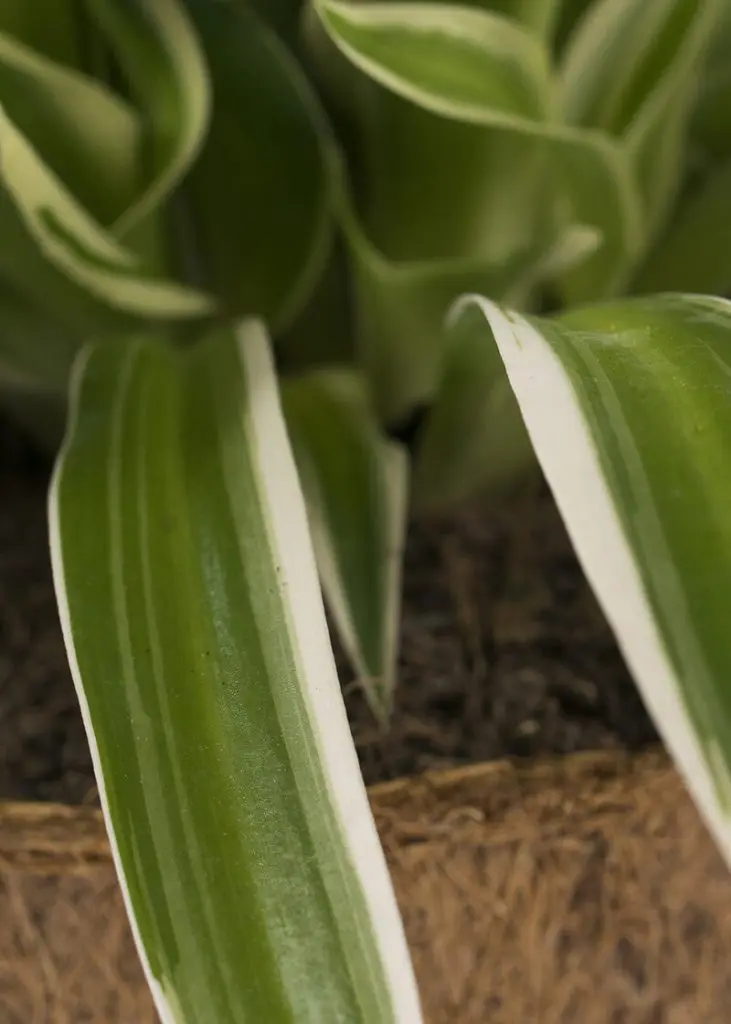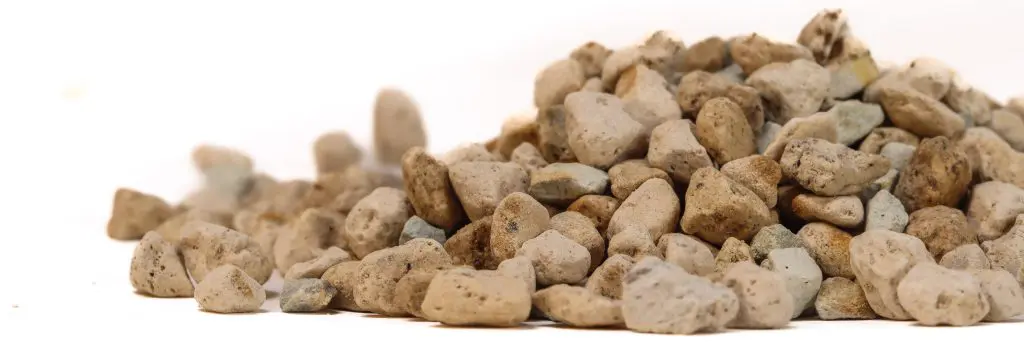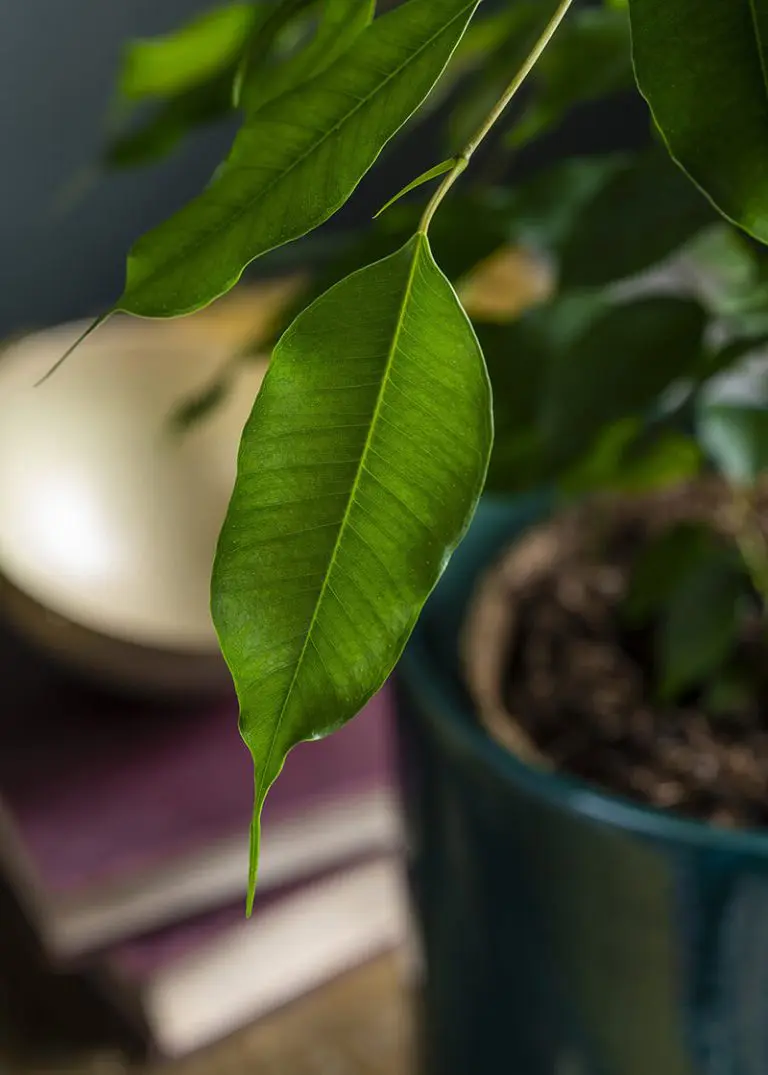Chlorophytum comosum is non-toxic to pets and humans. It is considered safe for cats, dogs and children, though excessive nibbling by pets may cause mild stomach upset.




The Spider plant, or Chlorophytum comosum “Ocean”, resembles clumps of long grass.
Latin name
Chlorophytum comosum “Ocean”
Pronunciation
(“klor-oh-FY-tum com-OH-sum”)
Common name
Chlorophytum comosum
Origin
Southern and Eastern Africa as well as parts of West Africa.
They have long striped leaves, fleshy, almost succulent, roots and produce offsets from long stems. Small white flowers are also occasionally produced and these form distinctive seed pods once pollinated.
Spider Plant offsets are often produced on very long stems. These hang from the parent plant until they reach the ground and root (or are taken as cuttings and rooted to form new plants). However, the long offsets means that spider plants can make good plants for indoor (and even outdoor) hanging baskets.
The foliage of Spider Plants is usually striped. “Ocean” is a cultivar of the variety ‘Variegatum’, which has leaves that are predominantly green with creamy white margins. The offsets are borne on green stems. ‘Vittatum’ is another naturally occurring variant, but its leaves have green edges and a white central stripe, with its offsets carried on white stems.
Did you know?
The scientific name “Chlorophytum” comes from the Greek words Chlorus meaning green, and phytum meaning plant – quite possibly the least imaginative botanical name ever given.
caring for your plant

Light
Medium – very high.

Watering
The soil should be moist, but not wet and allowed to dry out between watering. If the soil gets too dry, the foliage takes on a grey pallor, but a good drink will bring back its bright green colour. As the roots are succulent, it will tolerate irregular watering and even a surprising amount of neglect.

Pruning
Dead foliage should be cut away at the base of the plant. Offsets can be cut from their stems and planted in to soil where they will root and grow.

Feeding
A small amount of weak fertilizer can be added to the water every time you water the plant. The species is not tolerant of high levels of fluoride or boron, so use a boron-free fertilizer if possible.

pest & diseases
Occasional mealybugs and spider mites, both of which can be removed by cleaning with a damp cloth or paper towel.
Our plants are grown in Ecoponic, an alternative to soil. Officially known as a vulkaponic substrate, it replaces traditional compost with a clean, mineral-based medium that helps protect peatlands.
According to the IUCN UK Peatland Programme, “A loss of only 5% of UK peatland carbon would be equal to the UK’s annual greenhouse gas emissions.” As well as storing carbon, the natural wetlands where peat is found are critical to the survival of plants and wildlife. Ecoponic also improves plant health and uses water more efficiently.
Find out more about Ecoponic here.


Buy one of my cousins from the nursery
Did you know?
Research from the University of Exeter found that offices with plants can increase productivity by up to 15% while also improving concentration and job satisfaction.
Plantopedia is brought to you as part of our Engage & Bloom workplace experience program.
explore more
Why not continue your journey through the plant world. Explore more plants, their stories, habitats and the benefits they bring to spaces.






